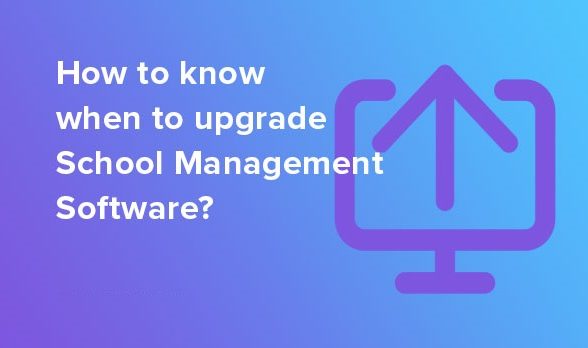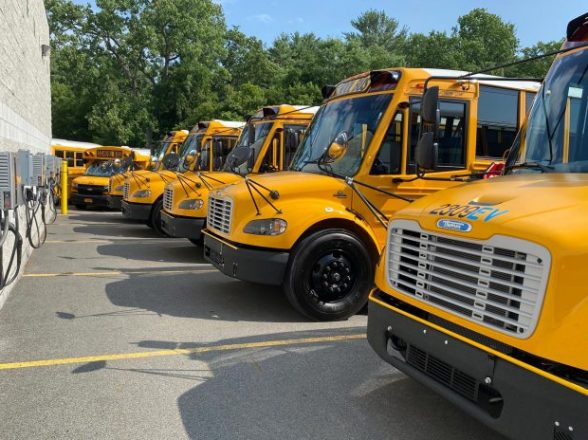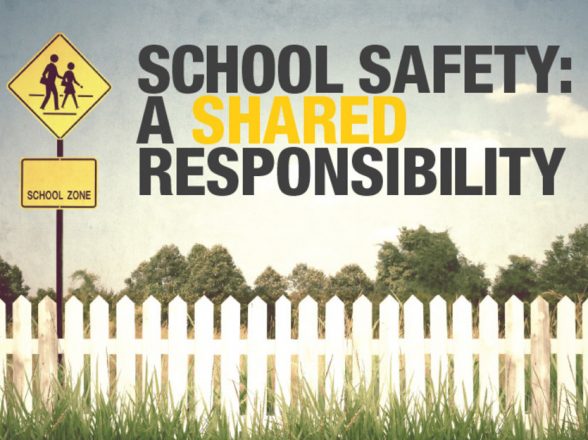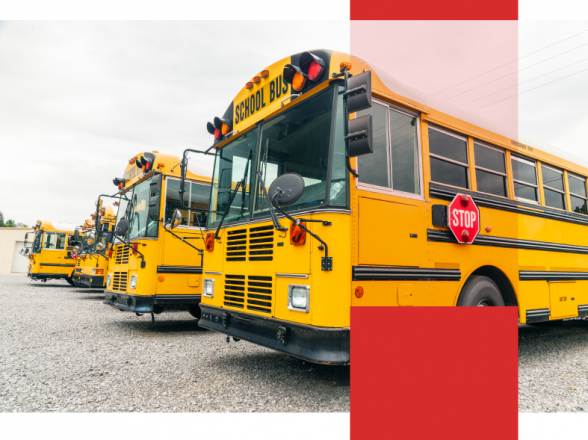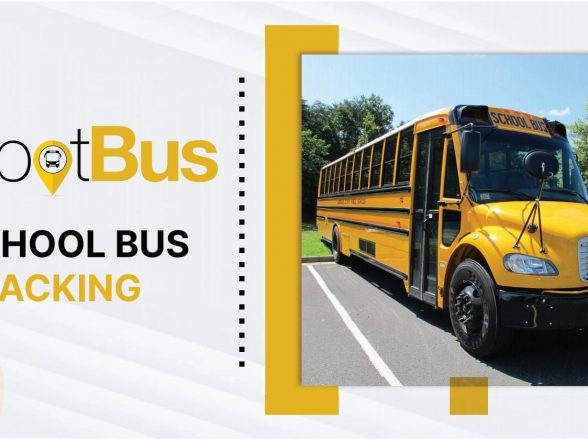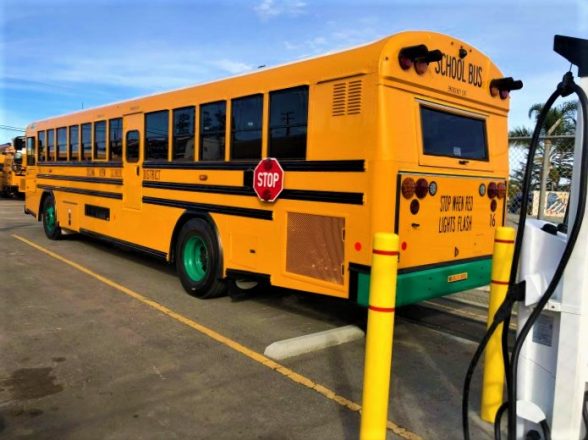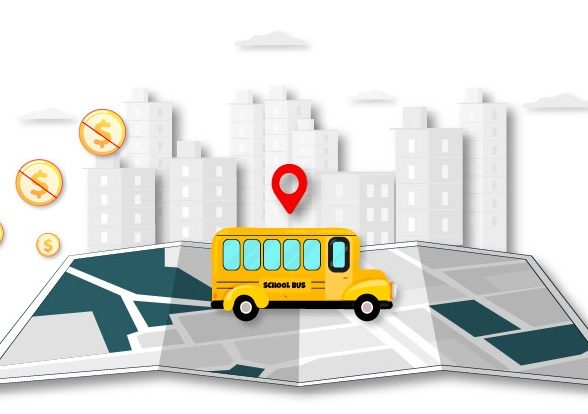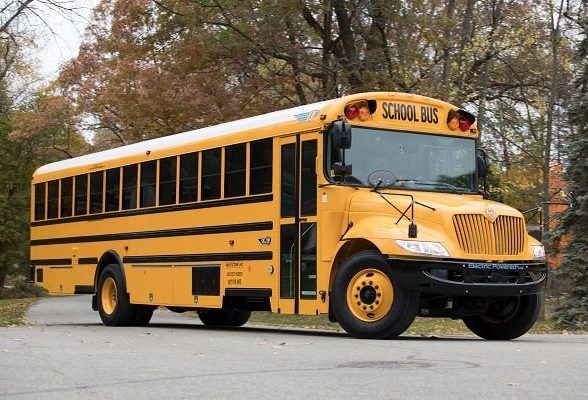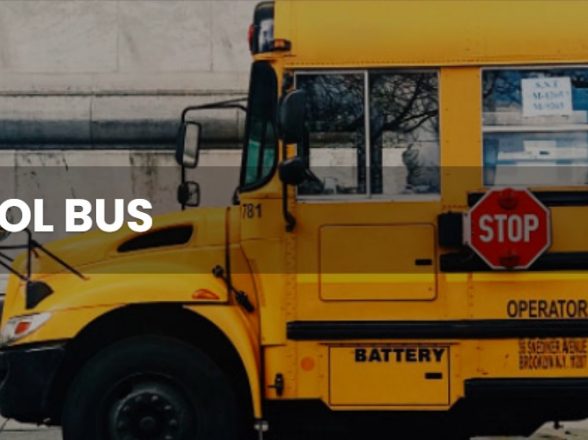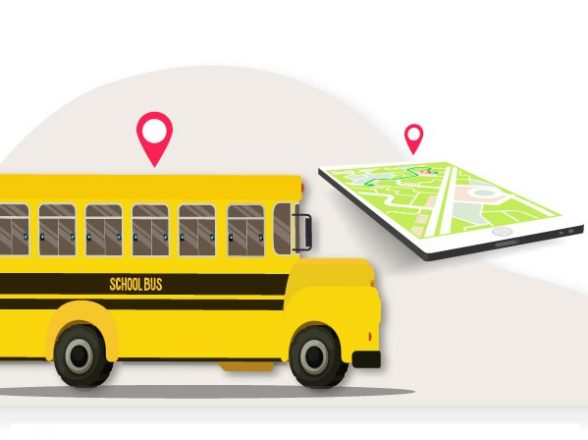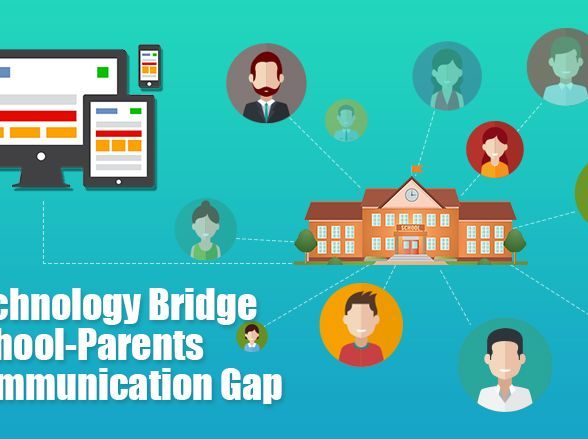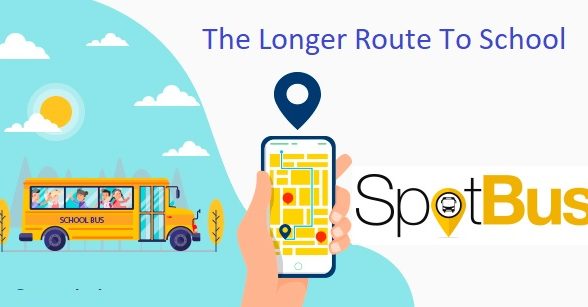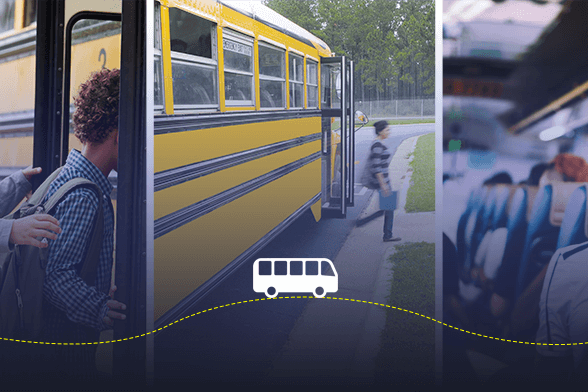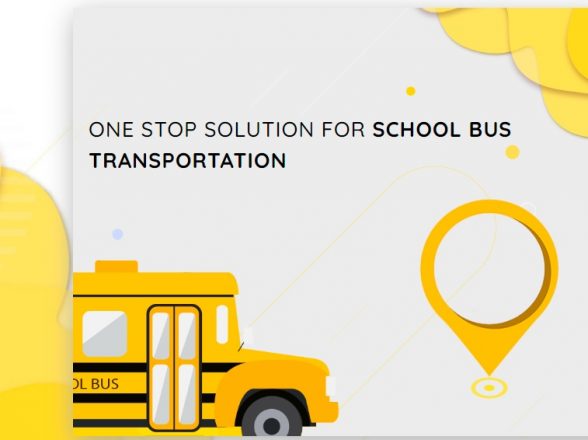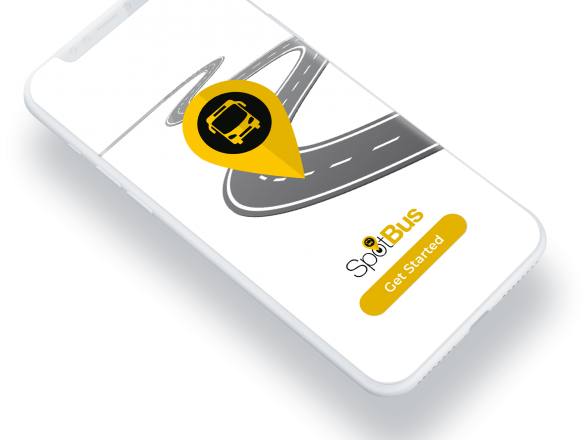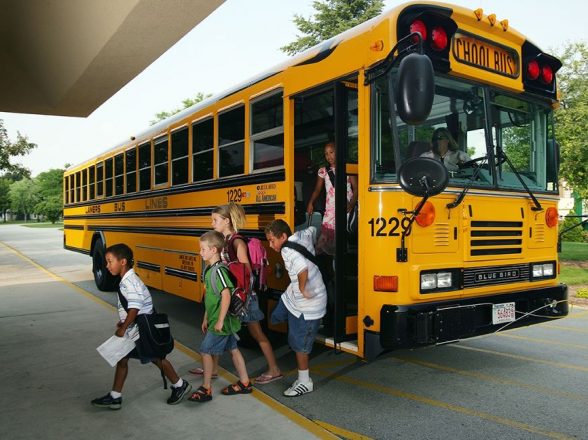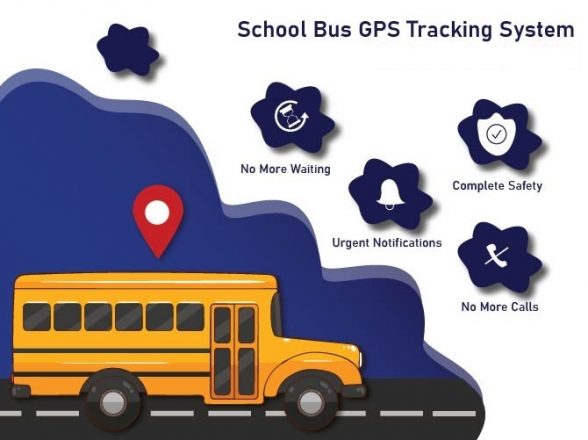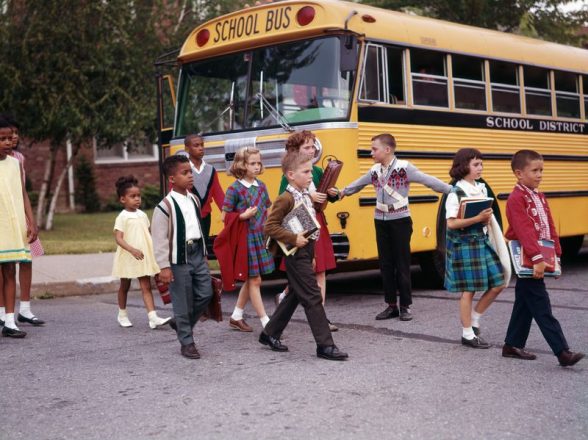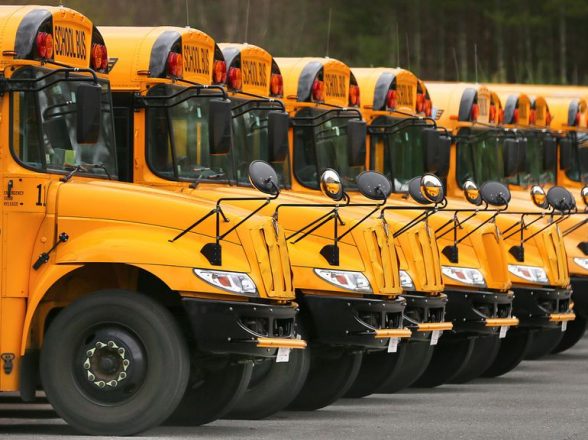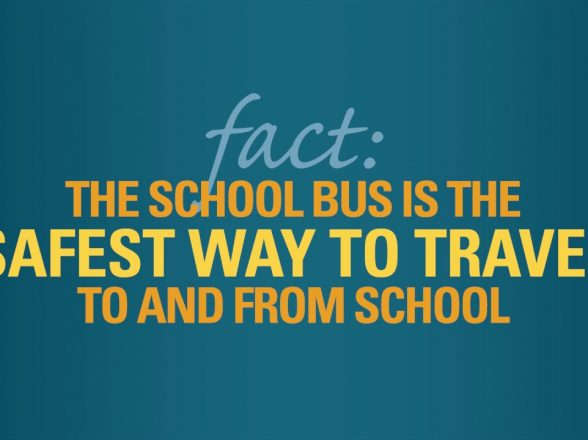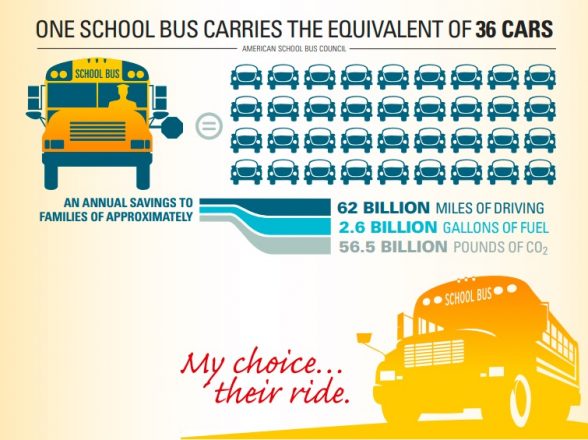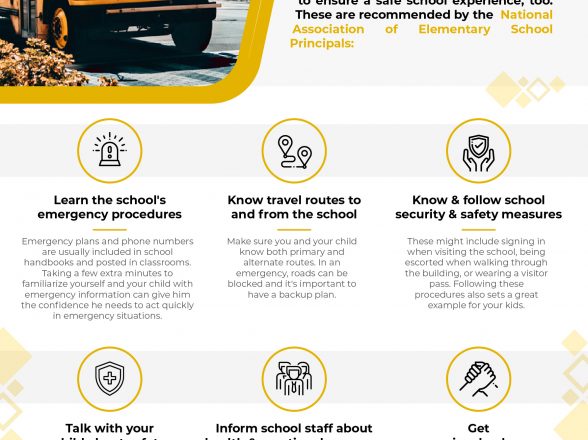Enhancing School Bus Transportation: The Modern Approach to Student Ridership
In the landscape of modern education, ensuring the safety and efficiency of school bus transportation is paramount. The days when school buses operated with minimal oversight and communication are behind us. Today, technology and innovative management practices are transforming how students commute. This blog explores the advancements in student ridership, driver management, parent communication apps, and school bus tracking, offering a comprehensive look at the future of school transportation.
Student Ridership: Safety and Efficiency First
Managing student ridership effectively is the cornerstone of a well-functioning school transportation system. Accurate ridership tracking ensures that every student is accounted for, minimizing the risks of missing children and optimizing bus routes for efficiency. With the advent of RFID (Radio-Frequency Identification) cards and biometric systems, schools can now monitor student entry and exit in real-time. These technologies not only enhance safety but also provide valuable data that can be used to improve route planning and reduce transportation costs.
Driver Management: The Backbone of Reliable Transportation
The role of bus drivers extends beyond just driving; they are responsible for the safety and well-being of students during their commute. Effective driver management is essential for a smooth operation. This includes rigorous background checks, continuous training programs, and regular performance evaluations. With modern fleet management software, schools can monitor driver behavior, track driving patterns, and ensure adherence to safety protocols. Such systems help in identifying areas where drivers might need additional training or support, thereby enhancing the overall safety and reliability of school transportation.
Parent Communication Apps: Bridging the Gap
One of the significant concerns for parents is the safety of their children during transit. Parent communication apps have emerged as a powerful tool to address this concern. These apps provide real-time updates on the bus’s location, estimated arrival times, and notifications for any delays or emergencies. Features like live tracking and push notifications ensure that parents are always informed about their child’s whereabouts, providing peace of mind and improving trust in the school transportation system.
School Bus Tracking: Real-Time Monitoring
School bus tracking technology has revolutionized how schools manage their transportation fleets. GPS-enabled tracking systems allow for real-time monitoring of bus locations, ensuring that buses adhere to their routes and schedules. This not only improves punctuality but also enhances safety by enabling quick responses to any unexpected incidents. In case of emergencies, school authorities can pinpoint the exact location of a bus, ensuring timely assistance. Additionally, these systems help in optimizing routes based on traffic conditions, leading to more efficient fuel usage and reduced operational costs.
The Future of School Transportation
As we look ahead, the integration of advanced technologies in school transportation will continue to evolve. The use of artificial intelligence and machine learning can further enhance route optimization and predictive maintenance of buses. Moreover, the growing emphasis on sustainability may lead to the adoption of electric buses, reducing the carbon footprint of school transportation.
In conclusion, the modern approach to school bus transportation, driven by advancements in student ridership tracking, driver management, parent communication apps, and school bus tracking, is setting new standards for safety and efficiency. By leveraging these technologies, schools can ensure a safer, more reliable, and more efficient transportation system, ultimately contributing to the well-being and academic success of students.



